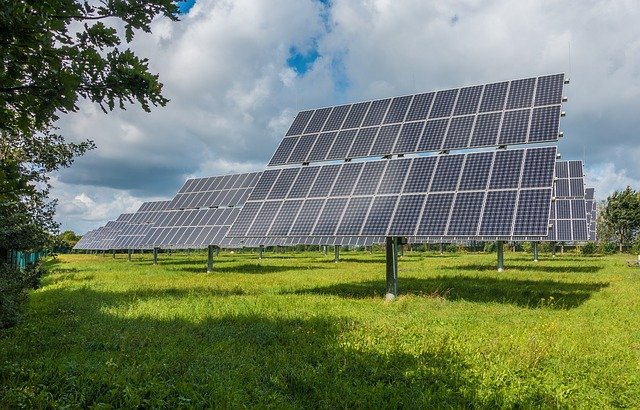$1 Trillion Bill Set to Change the Game for the Green Energy Sector
Image by Sebastian Ganso from Pixabay
The House has just passed a bipartisan infrastructure bill that’s worth over $1 trillion and could lead to some significant changes in US infrastructure in the coming years, not to mention some amazing opportunities for the nation’s top solar installers.
The bill has now passed to the desk of Joe Biden where it is expected to be signed off. In the end, 6 Democrats voted against the bill, but it had the support of 13 Republicans and eventually passed with a vote of 228 to 206.
What the Bill Means
Washington has tried many times to pass a bill like this over the years. There has been a push to rebuild and improve key infrastructure, specifically those relating to utilities and transportation, and advocates have finally been given the green light.
The bill comes following warnings that the US may not be adequately prepared to deal with more extreme weather conditions, such as the ones that recently brought New York and the state of Texas to their knees. As the effects of climate change continue to be felt across the United States—and all over the world—new infrastructure is needed to protect key transportation links and to keep the country’s utilities ticking over.
Not only will the bill strengthen key pieces of infrastructure across the country, but it will also create millions of jobs and provide some additional support for an economy that has been crippled by the effects of the pandemic.
Biden has been quoted as saying that the bill would “turn the climate crises into an opportunity” and that it would “put [the United States] on a path to win the economic competition for the 21st century”.
Greener Energy for the United States
A large chunk of the $1 trillion will also be spent on greener energy solutions, making sure that the US is properly prepared to move away from reliance on fossil fuels. It’s great news for the country’s best solar manufacturers, and it could help the country to become a world leader in green energy.
As things stand, the United States is seriously lagging behind some of its European rivals in the green energy stakes.
The United States isn’t even in the top 20 on a list of the greenest countries in the world. It’s a long way behind nations like the United Kingdom, Denmark, Switzerland, and France, and while it is ahead of the likes of Poland, Israel, and Latvia, it clearly has a lot of work to do.
The USA currently ranks as the world’s second-highest emitter of greenhouses gases and while some states are more eco-friendly than others, the overall picture isn’t very pretty.
The $1 trillion package will help with these changes and should usher the United States into a greener and cleaner future, one that places it on par with other developed nations.
Additional support will be added for solar, wind, and hydroelectric power, ensuring that these renewable options supply a greater percentage of America’s energy.
The US has already invested heavily in offshore wind farms. It’s often said that if the US could harness all of the power of waves around its coastlines, it would have enough energy to sustain most of its domestic needs. It’s not quite there yet, but as the wind farms grow and the infrastructure improves, the country will be able to unlock more of that coastal energy.
Many hundreds of thousands of miles of transmission lines will also be installed to support the increased green energy. As things stand, the system can’t support an influx of renewables, but the infrastructure package will change that.
The push for residential solar panels will continue, as well. The more that everyday Americans embrace this technology, the greener the country will become and the closer it will be to achieving its renewable energy goals. Systems are already in place to promote the use of solar panels and to ensure that they are an affordable and feasible option, and we’ll likely see the benefits increase in the coming years.
Whatever happens, it’s fair to say that the future of the United States is a little brighter and much greener, and that’s something that all of us can appreciate and benefit from.

